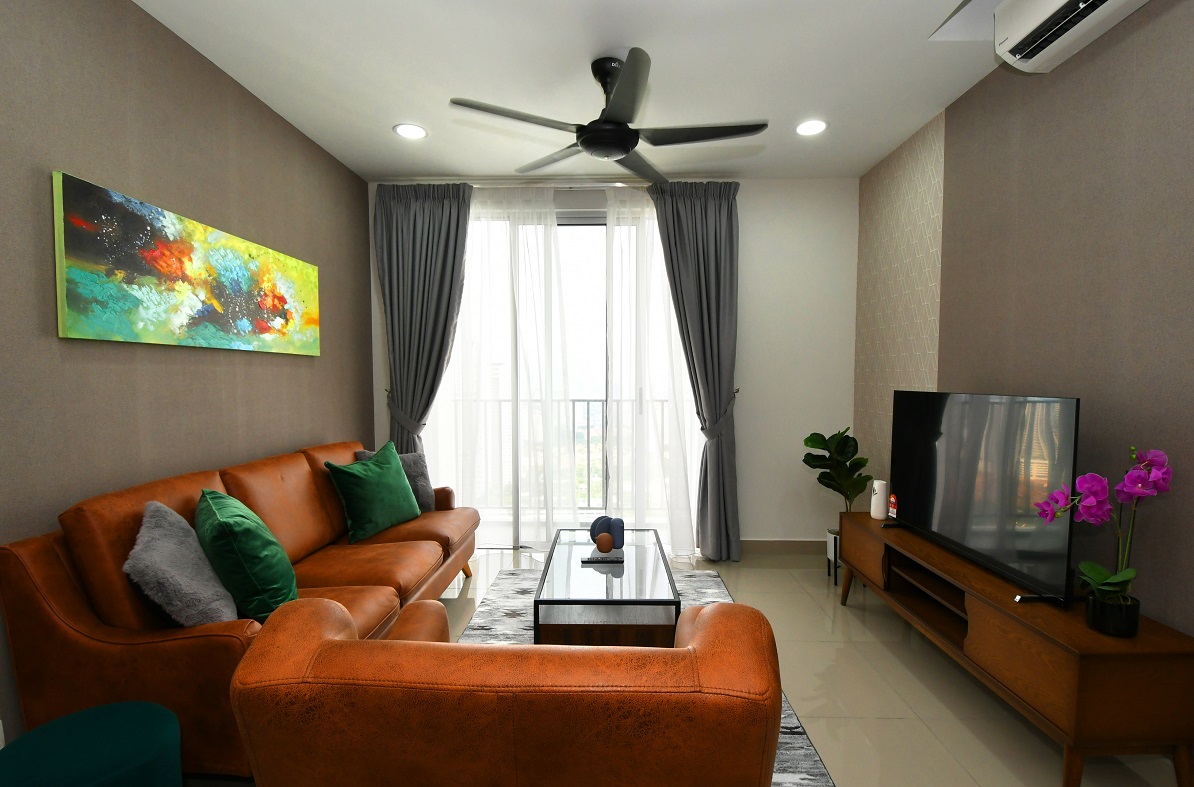Addressing harmful chemicals and microbes in our buildings

Q: How do I choose the right building material and paint during renovation to avoid harmful chemicals like formaldehyde and harmful microorganisms like bacteria and viruses?
Your health can be directly related to time spent indoors. Sick Building Syndrome (SBS) is a phenomenon affecting building occupants who suffer from symptoms of illness or become infected with chronic health issues that appear to be linked to time spent in a building in which they live or work. On average, we spend 90% of our time indoors in our homes and work places. Even when we get out and about, we are still “indoors” inside our vehicles or in shopping malls. Invariably, many of us are in proximity with the building materials used inside these places.
Although most building materials used during construction and renovation are relatively inert, harmful chemicals (to humans) used during the manufacturing, applied preservatives, adhesives, fire retardants, dyes, etc, are inadvertently brought indoors. Some of these chemicals are linked to allergies, headaches, coughs, associated ENT (ear, nose, throat) respiratory ailments and even cancer.
Interior renovations usually include new cabinets, wardrobes and decorative wall finishes which use extensive quantities of timber-based products like plywood and MDF-boards held together by solvent-based glue or adhesives with varnishes, laminates and paint coatings.
These materials are also used to manufacture doors, flooring, countertops and furniture. Although these materials may seem harmless to the naked eye, volatile organic compounds (VOC) such as formaldehyde, toluene, acetone, ethanol and other “nasties” are present in various forms and concentrations.
There are numerous studies which have linked the hazards of VOC and its acute effects to human health when present indoors.

Rules and regulations
In Malaysia, the minimum recommended safe and allowable concentrations of indoor VOC and other contaminants like CO2, CO, bacteria, spores, and viruses are found in the Industry Code of Practice on Indoor Air Quality 2010 (JKKP DP (S) 127/379/4- 390) issued by the Department of Occupational Safety and Health of the Ministry of Human Resources Malaysia.
Opt-in standards are also available in most green building index tools. Over the last decade, many building owners in Malaysia have opted to adopt these standards as part of the awareness and effort in reducing the unwanted and avoidable harmful effects of VOC, bacteria, spores and PM2.5 particulates.
VOC and formaldehyde: how to avoid them?
Formaldehyde is one of the many VOC. Its notoriety has received the most scrutiny, particularly the effects on human health through commonly used building materials.
Formaldehyde-based resins are widely used as preservatives and anti-mould/bacteria properties. They are widely used as part of the manufacturing of plastic and wood-based products including plywood, MDF boards, chipboards, composite timber flooring, building adhesives and paint coatings.
Therefore, many modern building-related materials rely on formaldehyde for its production and manufacturing processes.
We should be concerned with the residue and evaporation of formaldehyde and other VOC inside our buildings from these materials. Links of formaldehyde and other VOC to serious human diseases including cancer and other respiratory illness have resulted in a worldwide shift towards alternatives.
As formaldehyde and VOC evaporate at normal room temperature, it is easily inhaled into our lungs. New buildings have higher concentrations of VOC but decrease over time.
Its concentration can increase with higher temperature and humidity. The smell of “new paint” in a new home (or car, or from your manicured nails!), or glue are VOC being released as the paint and glue dry.
There are many alternatives available when making your selection of materials that can avoid or reduce the harmful effects of VOC. Owners can seek advisory from certified consultants involved with green building industries.
Less harmful but more costly?
There is a small premium to be paid for materials which are less harmful over the standard building materials. Standard products have a price advantage due to economies of scale and structured distribution networks. However, as the awareness for less harmful building materials continue to increase, the costs and availability of many such building materials have become more reasonable and competitive.
The paint industry is a good example, where the consumer awareness for non-toxic and formaldehyde-free paints is now widely accepted and specified. These high-performance paint coatings which are safer for human occupation (and for the workers) offer intangible benefits in preventative health and wellness in our homes, offices, and construction sites.
Walls and ceilings occupy the largest surface area of an interior space. Most walls and ceilings are painted; therefore selection of a suitable paint coating is a simple and effective step in reducing VOC.
Recent coating technology from innovative paint manufacturers has produced low-VOC paints by the replacement of solvent with water-based products for internal walls and ceilings. These are widely available to consumers and designers. Consult your interior designer or architect when choosing low-VOC paints for your renovations.

Never miss out
Sign up to get breaking news, unique insights, event invites and more from EdgeProp.
Latest publications
Malaysia's Most
Loved Property App
The only property app you need. More than 200,000 sale/rent listings and daily property news.
